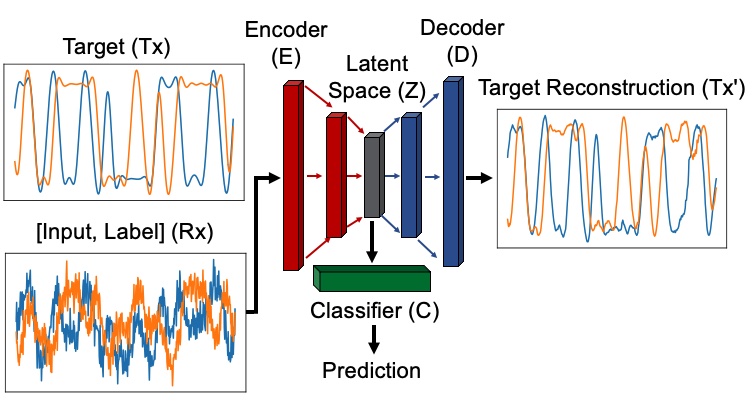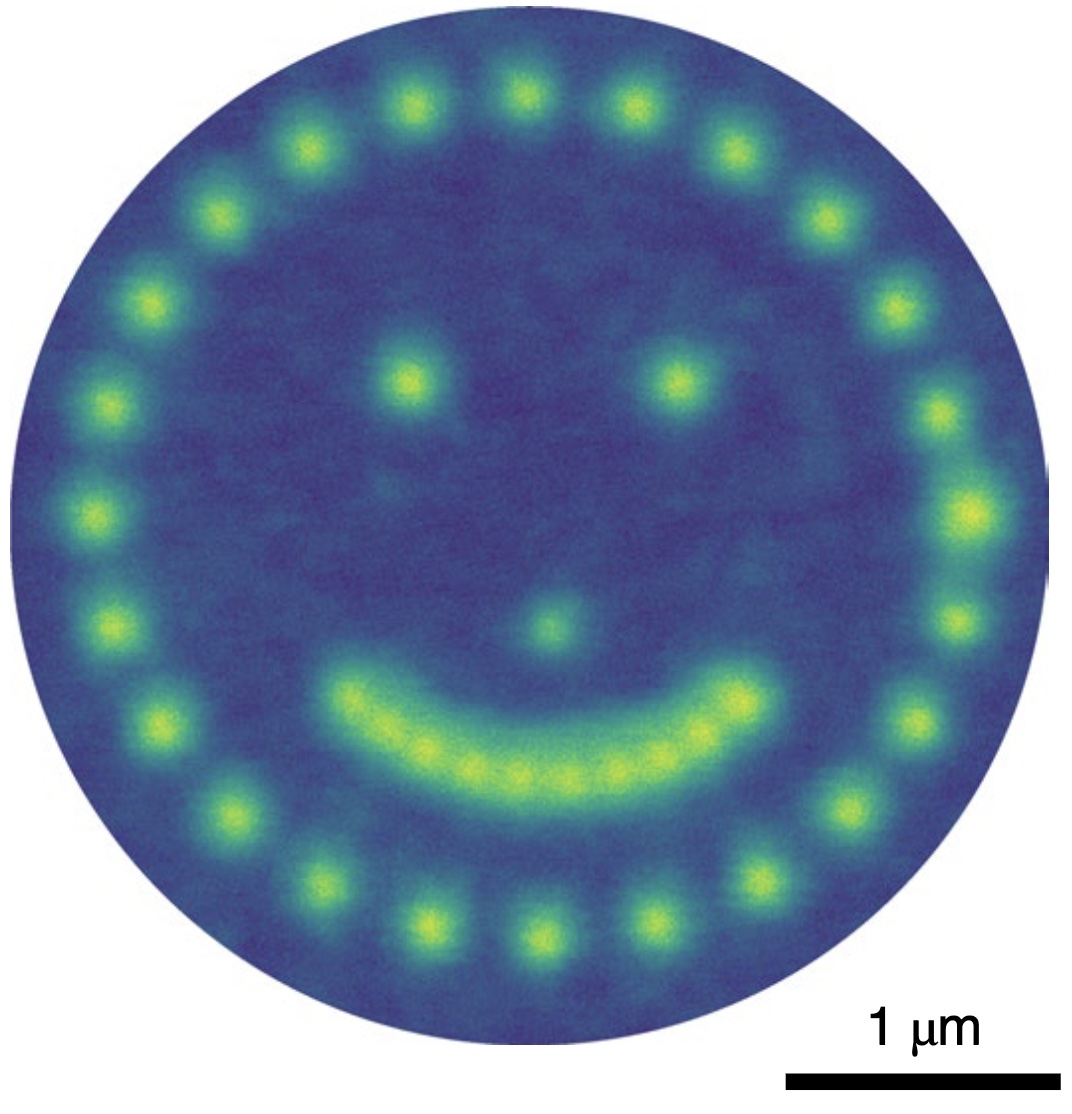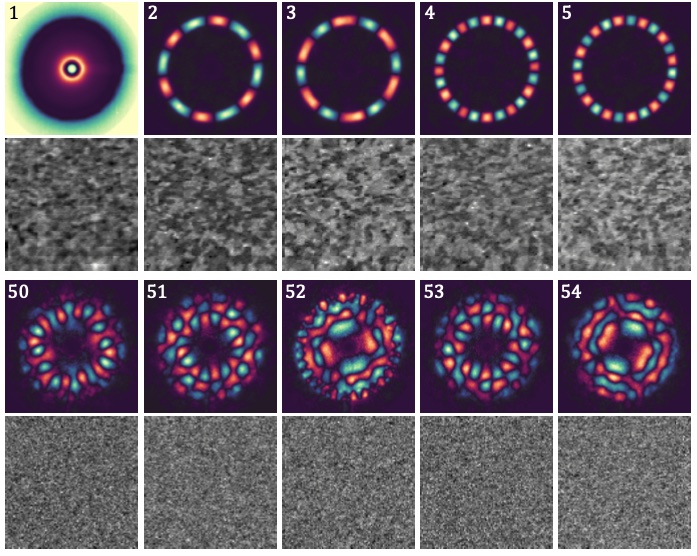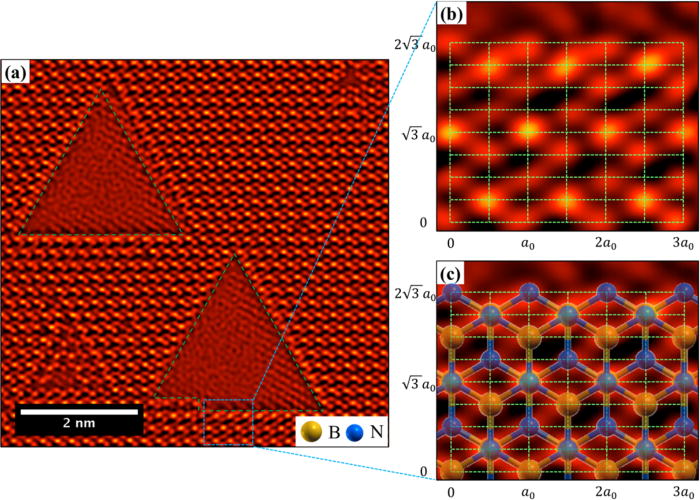AI/ML for Radio Frequency Communications

Radio Frequency (RF) communications are the backbone of modern wireless technology, enabling everything from mobile phones to satellite communications. Digital Signal Processing (DSP) is a fundamental component of RF systems, allowing for efficient transmission, reception, and interpretation of complex signals in noisy environments.
We demonstrate the power of physics-informed AI/ML models for RF DSP, showing that deep learning models traditionally used for computer vision and natural language processing can also be used to solve critical tasks for the physical layer in RF communications including channel correction, signal demodulation, and error correction coding.
This work bridges the gap between AI/ML methods and the specialized requirements of RF by leveraging the strengths of established deep learning architectures and incorporating domain-specific knowledge from RF physics and DSP, paving the way for more intelligent and robust wireless networks.
Ph.D. Research
Solid-State Single Photon Sources

Single photon emitters (SPEs) are quantum light sources capable of generating individual photons on demand, making them crucial for advancing quantum technologies such as quantum computing, communication, and cryptography. Solid-state SPEs are promising candidates for qubits because of their stability, scalability, and potential for room-temperature operation.
This research utilizes a combination of advanced hyperspectral and in-situ electron microscopy techniques along with ab-initio density functional theory (DFT) calculations to investigate blue and ultraviolet SPEs in hexagonal Boron Nitride (h-BN).
By discovering and characterizing new color centers, exploring novel capabilities of existing color centers in devices, and elucidating the underlying mechanisms of the emitters, this work contributes to the development of next-generation quantum devices and furthers the field of quantum information science.
Hyperspectral Imaging and ML for Nanomaterials Characterization

Characterization of exotic nanomaterial systems—including nanoparticles, thin films, nanotubes, and aerogels— using electron and photon-based techniques was a major component of multiple projects throughout my PhD research. Central to this work was the application of hyperspectral imaging, where each pixel contains data from multiple channels, providing a wealth of information about the underlying physics of the system under study.
The high-dimensional nature of hyperspectral image data necessitates the use of novel data analysis methodologies. Various unsupervised machine learning techniques, such as dimensional reduction and clustering, prove highly effective for a wide range of data analysis tasks, enabling deeper insights into complex nanomaterial systems.
Nanopores in 2D Materials

Vacancy defects in two-dimensional (2D) materials are zero-dimensional features that can impart emergent optical, electronic, and mechanical properties to the host material. These features can also function as nanopores, small passageways through an otherwise impermeable membrane. Controlling the size and shape of nanopores in 2D materials is a key challenge in applications such as DNA sequencing, sieving, and quantum emission from artificial atoms.
This research focuses on the creation and characterization of atomically precise nanopores in 2D materials using advanced electron beam techniques. By employing Transmission Electron Microscopy (TEM) and exploring a variety of 2D material platforms under varying experimental conditions, the work investigates methods to create, control, and characterize nanopores with atomic precision. By fine-tuning the experimental approach, it becomes possible to create ideal nanoporous materials tailored for specific applications, pushing the boundaries of nanoscale material manipulation.